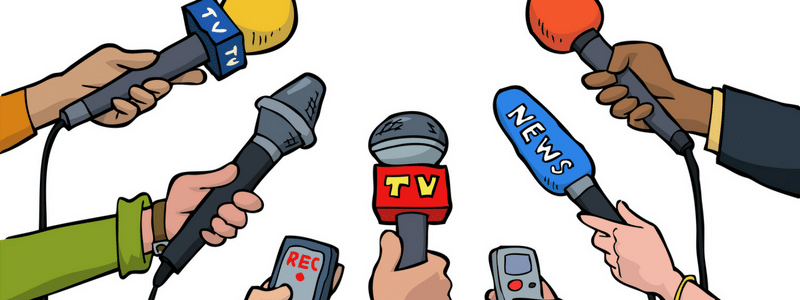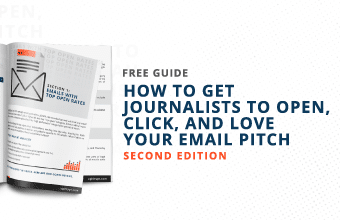So, you want to have a (professional) relationship with a journalist, do you?
At the risk of sounding rude: Get in line. Journalists—especially in the current climate of newsroom cuts, shrinking budgets and hand-wringing over the state of the industry—are overworked, often over-contacted by PR professionals, and generally have no patience for anyone who wastes their time.
Send a journo on a figurative wild goose chase, and the chances of having a productive relationship with them in the future quickly becomes slim to none.
And while there’s no one-size-fits-all solution to establishing and maintaining good working relationships with reporters, editors, producers and the like, there are some overarching best practices you’d be wise to follow before picking up the phone or hitting ‘send’ on that email:
Do your research. In order to cover the other points below, you’ll need to put in some up-front effort first. Research which journalists have recently reported on your specific topic, noting their angle, who they’ve interviewed, and the tone of the article (a media monitoring and analysis program can come in pretty handy right about now). Once you’ve got this mapped out, providing relevant information to a journalist suddenly becomes much easier.
Be human, and be friendly. It’s amazing how much goodwill this simple exercise can generate, and it’s also amazing how little time some professionals seem to have for it. Everyone’s busy, and everyone’s stressed at times, but taking the extra time to relate to someone on a personal level doesn’t only stand to make your business relationship better—it just makes life more enjoyable. Journalists, after all, are people too: If they’ve written something in the past that you enjoyed, let them know.
But don’t be disingenuous about it: Blatant sucking up isn’t the way to go, either.
Be useful: This may seem obvious, but the number of times journalists receive completely irrelevant pitches proves otherwise. Instead of viewing journalists as walking amplifiers for your red-hot pitch, instead ask yourself: How can I be of use to a journalist? What story idea can I pitch that might follow up on their previous articles, or how can I provide insights or data to supplement a story they could be writing right now (or tomorrow)? Making yourself useful is the best way to get your organization’s name in the news, while (hopefully) forging a lasting relationship with the journalist.
Don’t mislead anyone. Another obvious one that seems to be less-than-obvious in actual practice: be honest with your pitch. According to The Media Influencers Report, 90 per cent of digital journalists say they’ve been duped by PR pros (with nearly a quarter saying it happens “often”).It may be tempting to skirt certain details if you know it’ll get you a placement, but you need to be mindful of potential long-term damage to the relationship.
Be respectful. By now maybe you’ve established a couple decent working relationships, and have been promised a placement on your latest pitch. Great! Good job. But take heed: if you don’t see the story appear right away, try not to hound your journalist contact about it. Editorial decisions are often directly dependent on how much advertising is sold for a particular issue of a newspaper or magazine (which determines the number of pages in that issue). Sometimes there’s simply no room for your story that day, that week or that month. Stories also sometimes get bumped or put on hold in favour of more immediate, breaking news, so don’t take it personally if your piece gets delayed or even shelved.
If you’re interested in chatting more about the do’s and don’ts of contacting and dealing with journalists, don’t hesitate to drop me a line at jim.donnelly@mediamiser.com or on Twitter at @jim_donnelly.









